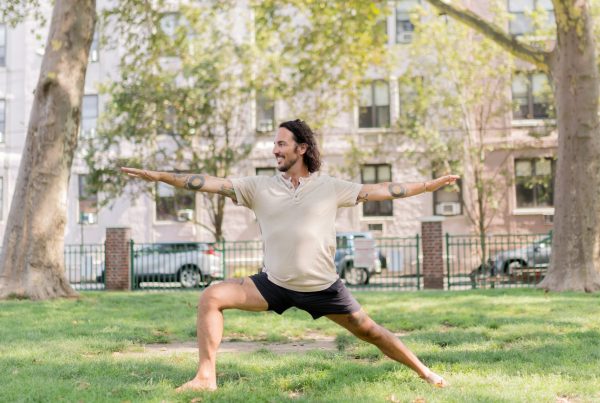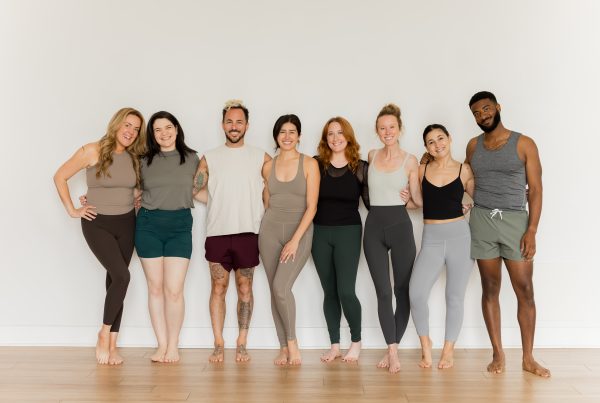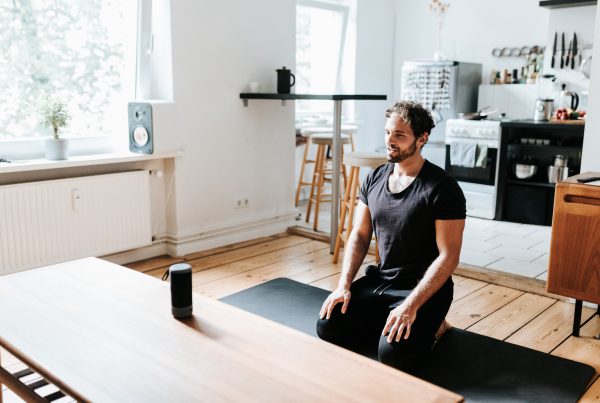In this video, Kate Lombardo shares her personal introduction to the practice of yin yoga. After falling in love with it, she made it a point to develop a yin teacher training… but first she wants to shed light on some helpful tips she learned along the way.
Tip #1: Explain to your students what yin is
Many students may not be familiar with the practice yet — and that’s okay! That’s what you’re there for; holding space for them and able to speak on why people practice yin yoga. Giving an explanation of what students can expect in a yin class is a great way to get them comfortable with the practice and hopefully returning.
One good point to focus on is that it mainly differs from other types of yoga classes in the sense that poses are held a bit longer. If you don’t explain what’s going to happen throughout class, students may be confused when there isn’t as much of a flow happening. On the inverse, students who are regularly familiar with yin but have never taken a class with you will probably also appreciate being debriefed on what to expect in your class specifically.
Key points about yin yoga:
- Poses are held anywhere from 5-7 minutes
- Targets the connective tissues (fascia) of the body
- Is a practice designed to find stillness
- Engages the body to quiet the mind
Tip #2: Find a balance between silence & guiding
Work on finding a balance between speaking and guiding students. It’s beneficial to any yoga practice to allow students the time and space to notice how the practice feels for them and how the poses feel for their personal body. Unlike a vinyasa class, during a yin yoga class silence can create comfort as students adjust and find a space comfortable for them while being in such deep postures.
Tip #3: Create a comfortable environment
Music, lighting, temperature… these are all things that matter when setting up an environment that feels inviting, safe and comfortable for students. Remember, they most likely came to a yin class to find the stillness, peace and stress relief a yin yoga class offers. If you’re not guiding students as to which props to use, how to use them, and aren’t focused on creating a calm environment for them, they may be turned off to the practice completely. If you notice the ambiance of the room, your students are noticing it, too.
Tip #4: Be a little ‘hands-off’
Let your students find the practice in their own way… meaning, let them determine their own experience with the practice. You are simply a facilitator. This not only empowers students and makes them feel like they accomplished squashing their stress and getting a good workout in, but it allows them to feel like they received a one-on-one experience. The more space you can give students to explore the practice on their own, the more intimate of a relationship they’ll have with the class.
If you’ve enjoyed Kate’s chat, be sure to subscribe to our YouTube Channel with more content like this! As always, sign up for our newsletter if you are interested in becoming a yoga instructor yourself.










